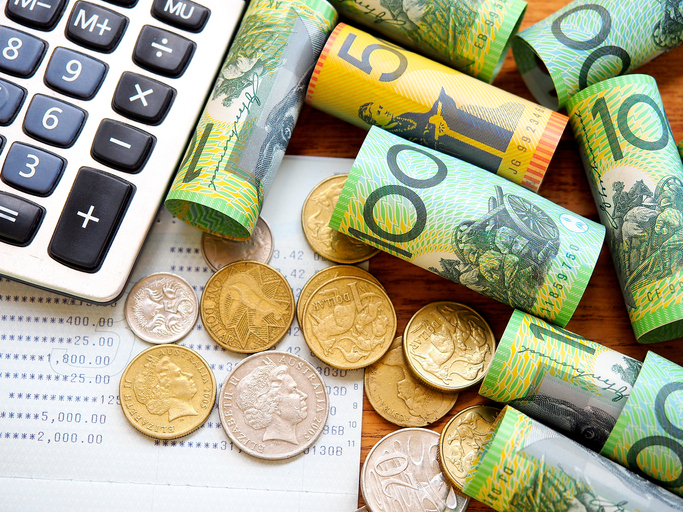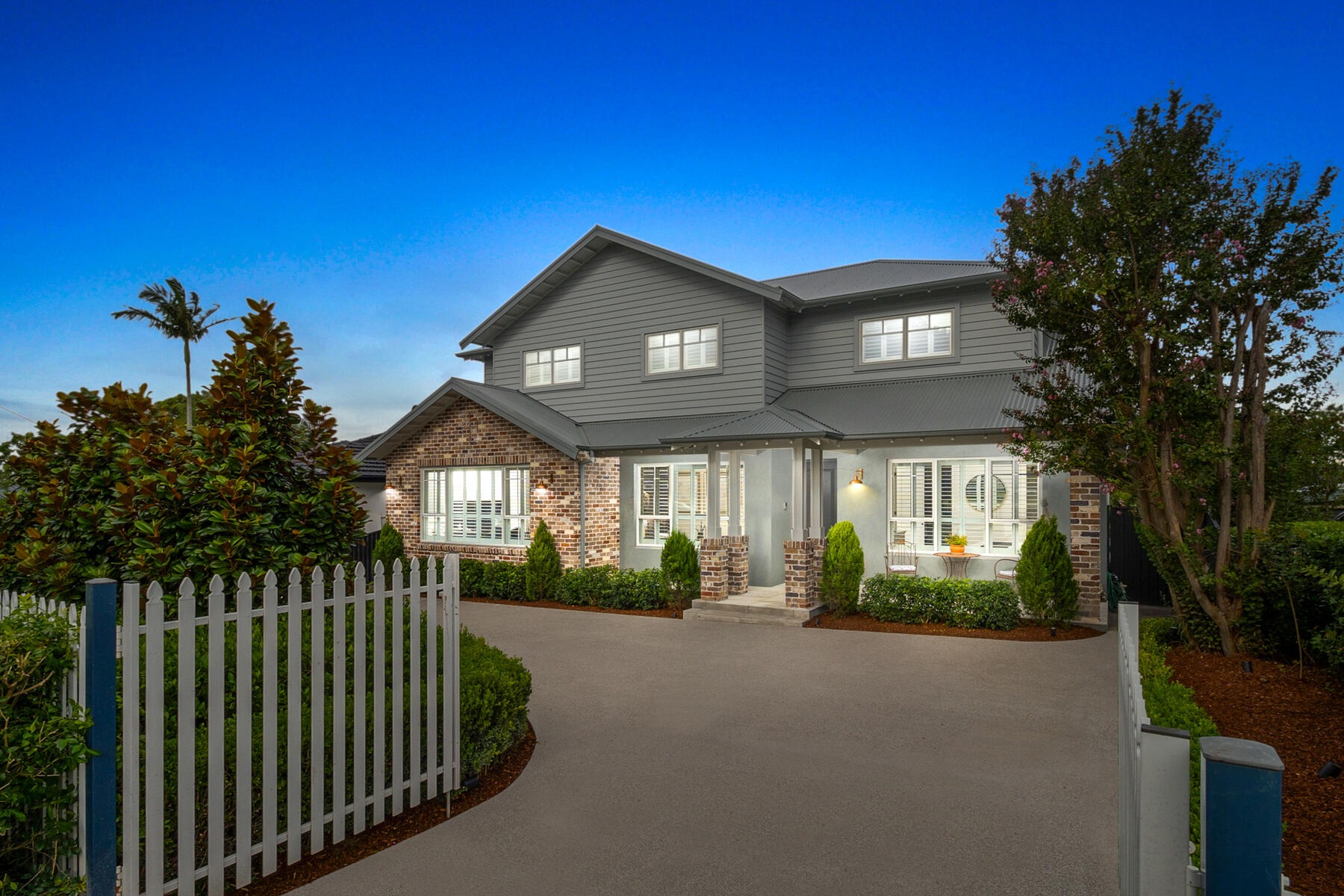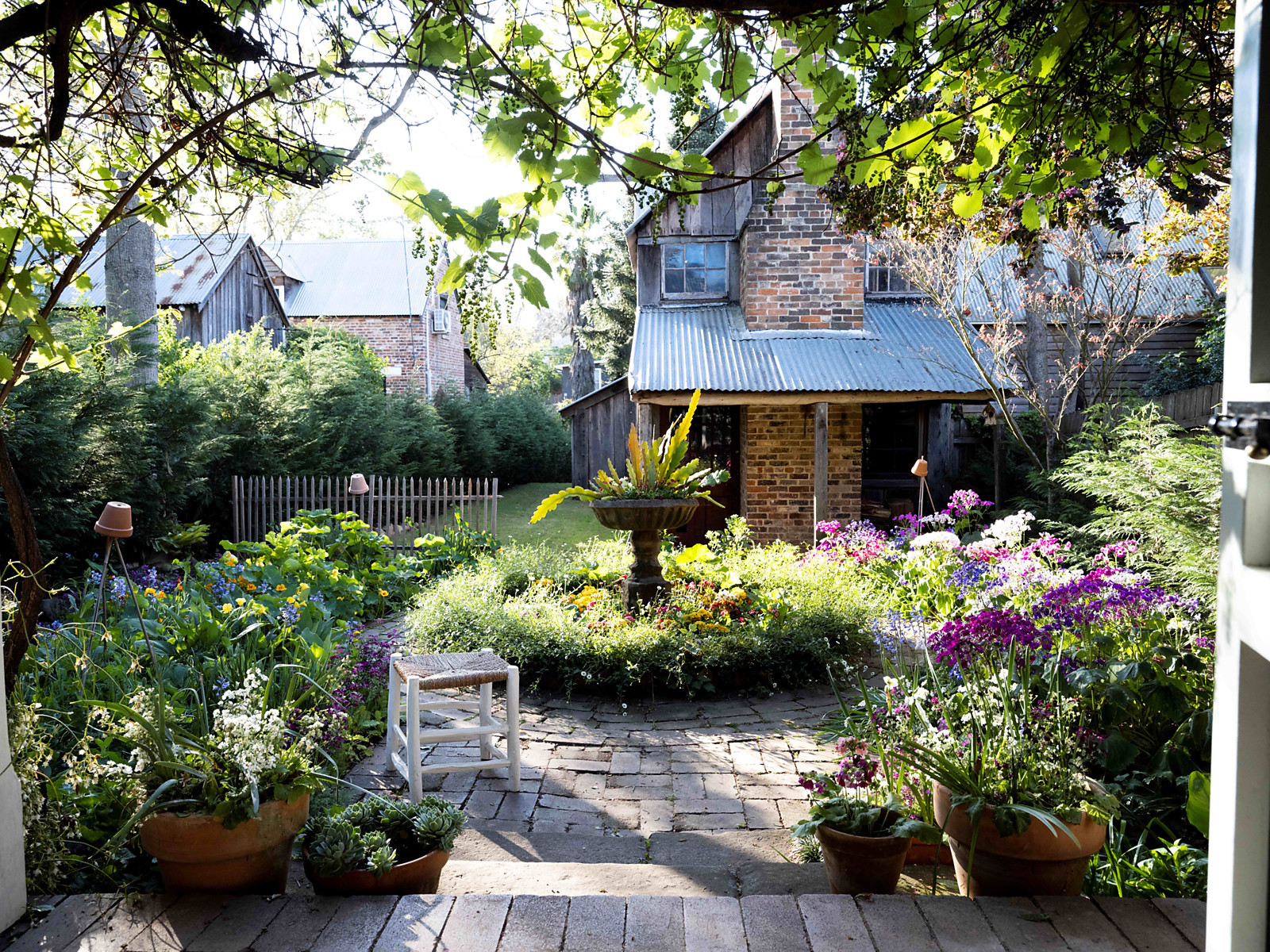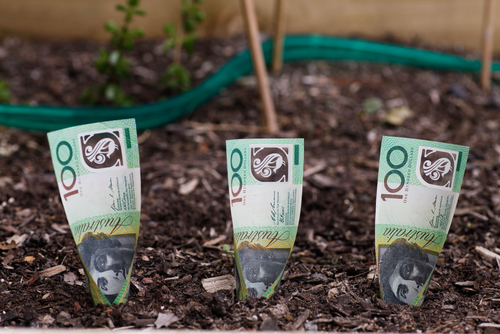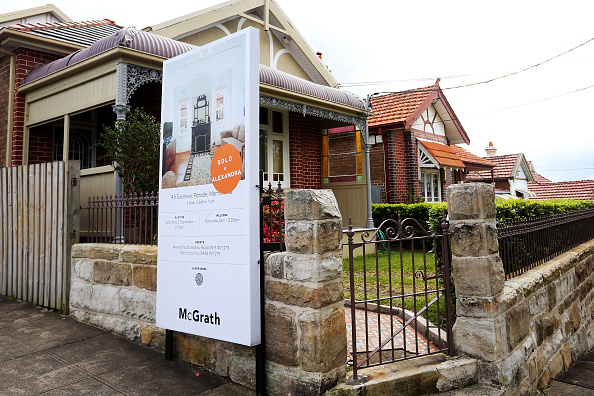Five steps to head off mortgage stress
Are you ready to weather further interest rate increases? Follow this quick checklist
Two weeks after the RBA’s fourth consecutive rate rise with experts predicting a peak of 3.35 percent from its current 1.85 percent, and the reality of mortgage stress is starting to hit a little close to home for some. Here, Louisa Sanghera, founder of broking firm Zippy Financial and creator of the Mum CFOs Money Masterclass Course offers a quick checklist of ways to save money and minimise the mortgage dramas.
1. Talk to your bank or broker
As a rule of thumb, everyone should be able to afford their mortgage repayments. Even when the interest rate sat at 1.69 percent last year, borrowers were being assessed for their capacity to service their mortgages with rates as 5.25 percent and higher. Banks like to have a buffer in place to ensure borrowers can meet their debt servicing rates.
Look at your mortgage now and consider if you can afford to repay it at a rate of 5.5 percent in the near future. If you can’t, visit your broker or bank to make plan. It may mean restructuring your mortgage over a longer term or moving to interest only on part or all of your mortgage for a while. Your bank or lender will have financial hardship policies in place to support you – the earlier you reach out, the more options you’ll have.
2. Shop around
It only takes a few minutes to do a quick search online to compare prices. You’d be surprised by all the savings to be had from your everyday staples like petrol and groceries to big ticket items like fridges and appliances. Ask for a discount or at the very least price matching if you buy in store. Consumer advocacy groups like Choice and Canstar Blue are great for finding the best value for your money deals with hundreds of reviews to help you compare products.
3. Avoid the lazy tax
Reassess all your utilities – electricity, gas, phone, internet, and insurance and see where you can cut back. For example, if your phone usage is a lot lower than what your plan accommodates, consider downgrading to something more affordable. Phone companies like Amaysim and Boost have great cheap deals on and use the same lines as Optus and Telstra.
If you haven’t switched providers recently, you could be unwittingly paying hundreds on their standard energy contracts. Do some research to see what’s out there then jump on the phone to your utilities provider to ask for a better rate. Make use of utilities comparison sites and ask them for their cheapest deal. Chances are you’ll come away with a healthy discount to stay with the same provider but if you choose to move providers don’t forget to check for any fees you’d have to pay for leaving.
4. Consolidate your debt
Consolidate any debt you have to eliminate multiple loan fees and get rid of the high interest rates you’re paying on credit cards and loans. Rolling all your debts into one loan means you only need to make one regular repayment at the same interest rate. This means you could potentially pay off your loans and your mortgage faster.
You can add these debts onto your mortgage split in a separate short-term loan to repay at your current mortgage interest rates. Also known as a ‘top up’, a home loan increase allows you to access the equity in your home by either increasing the balance on your loan or creating a separate loan that’s linked to the same property. Consolidating debt has its advantages but you must weigh out its benefits over the long term as it’s likely to result in more interest charged over time. Take a good look at your overall financial position and total costs to work out if the lower interest rate offered by home loans will work out well for you in the long run.
5. Curb discretionary spending
Managing discretionary spending is like flexing a muscle. The more you do it, the more it becomes second nature to you. Australians spend a lot on takeaways and food deliveries spending an average of $40 a week on meal delivery services. Other expenses like taxi rides, entertainment, alcohol, and online shopping tend to add up as well. You can trim the fat by opting to meal plan and eat at home, substitute going out for a fun movie night in and deleting all those shopping apps.
Save yourself from impulse purchases by always making a list and sit on it for a few days. Then you’ll know if you really need it. Don’t browse on shopping sites mindlessly – find other ways to entertain yourself. Things like parks, museums and cultural events are often low or no cost. Not only will your wallet thank you in the end, you might end up being healthier too!
This stylish family home combines a classic palette and finishes with a flexible floorplan
Just 55 minutes from Sydney, make this your creative getaway located in the majestic Hawkesbury region.
Continued stagflation and cost of living pressures are causing couples to think twice about starting a family, new data has revealed, with long term impacts expected
Australia is in the midst of a ‘baby recession’ with preliminary estimates showing the number of births in 2023 fell by more than four percent to the lowest level since 2006, according to KPMG. The consultancy firm says this reflects the impact of cost-of-living pressures on the feasibility of younger Australians starting a family.
KPMG estimates that 289,100 babies were born in 2023. This compares to 300,684 babies in 2022 and 309,996 in 2021, according to the Australian Bureau of Statistics (ABS). KPMG urban economist Terry Rawnsley said weak economic growth often leads to a reduced number of births. In 2023, ABS data shows gross domestic product (GDP) fell to 1.5 percent. Despite the population growing by 2.5 percent in 2023, GDP on a per capita basis went into negative territory, down one percent over the 12 months.
“Birth rates provide insight into long-term population growth as well as the current confidence of Australian families,” said Mr Rawnsley. “We haven’t seen such a sharp drop in births in Australia since the period of economic stagflation in the 1970s, which coincided with the initial widespread adoption of the contraceptive pill.”
Mr Rawnsley said many Australian couples delayed starting a family while the pandemic played out in 2020. The number of births fell from 305,832 in 2019 to 294,369 in 2020. Then in 2021, strong employment and vast amounts of stimulus money, along with high household savings due to lockdowns, gave couples better financial means to have a baby. This led to a rebound in births.
However, the re-opening of the global economy in 2022 led to soaring inflation. By the start of 2023, the Australian consumer price index (CPI) had risen to its highest level since 1990 at 7.8 percent per annum. By that stage, the Reserve Bank had already commenced an aggressive rate-hiking strategy to fight inflation and had raised the cash rate every month between May and December 2022.
Five more rate hikes during 2023 put further pressure on couples with mortgages and put the brakes on family formation. “This combination of the pandemic and rapid economic changes explains the spike and subsequent sharp decline in birth rates we have observed over the past four years,” Mr Rawnsley said.
The impact of high costs of living on couples’ decision to have a baby is highlighted in births data for the capital cities. KPMG estimates there were 60,860 births in Sydney in 2023, down 8.6 percent from 2019. There were 56,270 births in Melbourne, down 7.3 percent. In Perth, there were 25,020 births, down 6 percent, while in Brisbane there were 30,250 births, down 4.3 percent. Canberra was the only capital city where there was no fall in the number of births in 2023 compared to 2019.
“CPI growth in Canberra has been slightly subdued compared to that in other major cities, and the economic outlook has remained strong,” Mr Rawnsley said. “This means families have not been hurting as much as those in other capital cities, and in turn, we’ve seen a stabilisation of births in the ACT.”
This stylish family home combines a classic palette and finishes with a flexible floorplan
Just 55 minutes from Sydney, make this your creative getaway located in the majestic Hawkesbury region.









